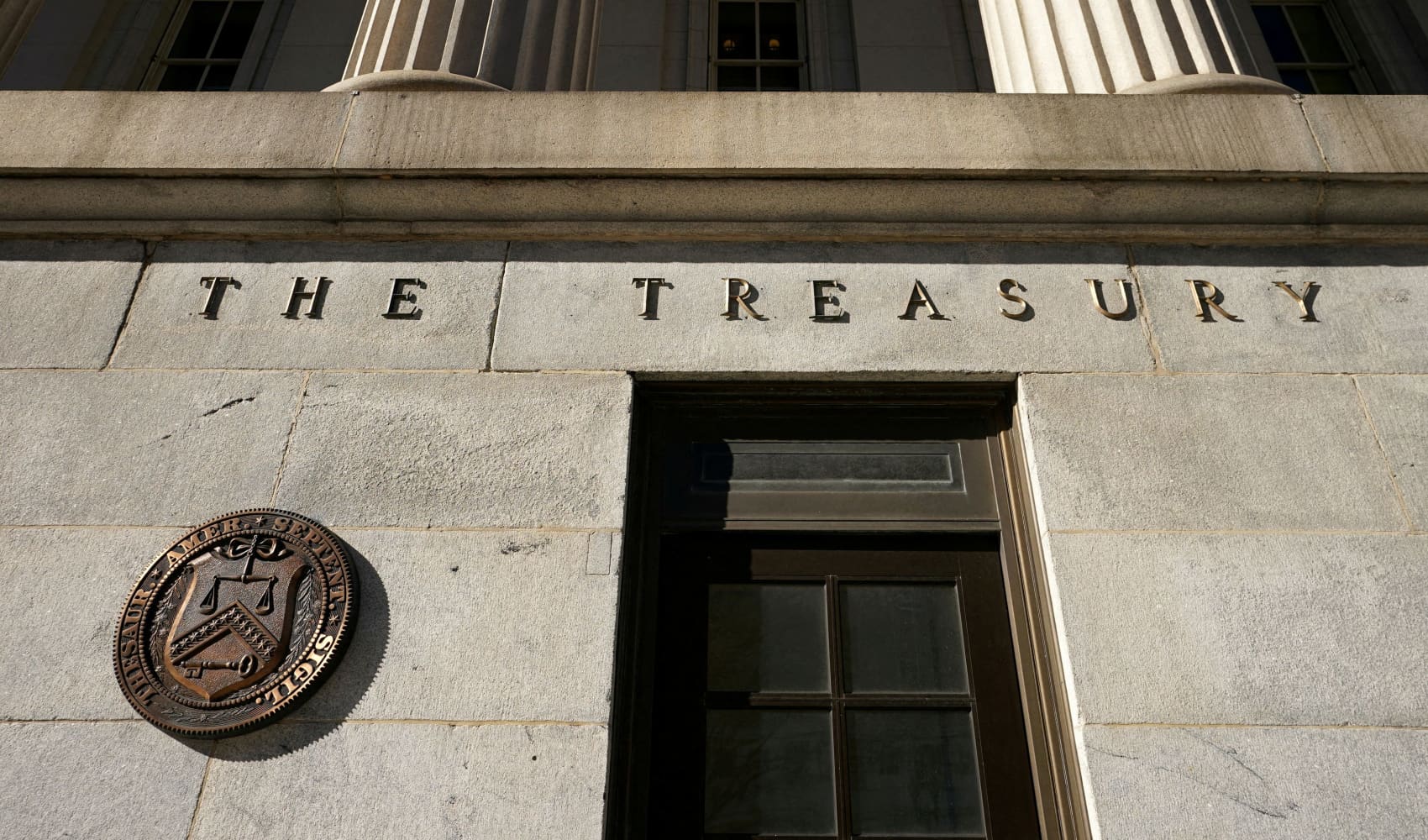
- If you're retired with multiple sources of income, you're expected to withhold taxes or make quarterly payments to avoid IRS penalties.
- But some retirees can correct missed tax payments via withholdings from required minimum distributions, or RMDs.
- Tax withholdings from your RMD are considered on-time payments, even when used to cover taxes from previous quarters, experts say.
Retirees may have income from Social Security, a pension, a retirement plan or other sources — and they typically must either withhold taxes or make quarterly payments to avoid IRS penalties.
For 2024, the quarterly estimated tax deadlines are April 15, June 17, Sept. 16 and Jan. 15, 2025. But a lesser-known year-end strategy can cover your taxes while still satisfying IRS rules, experts say.
Certain retirees can correct missed tax payments via withholdings from mandatory yearly withdrawals, known as required minimum distributions, or RMDs. These withdrawals typically apply to pretax retirement savings.
More from Personal Finance:
Here’s how to use required retirement withdrawals to improve your portfolio
Most households can weather a $400 financial shock, research finds
Trump vs. Harris: Here's how the election could affect your taxes
"It's very helpful," especially when retirees sell investments or real estate that trigger taxable gains, said JoAnn May, a certified financial planner at Forest Asset Management in Riverside, Illinois.
Get Tri-state area news delivered to your inbox. Sign up for NBC New York's News Headlines newsletter.
While Social Security benefits are the most common type of retirement income, 56% of retirees also had a pension in 2023, according to a recent Federal Reserve report.
Money Report
Meanwhile, nearly half of retirees had income from interest, dividends or rental income and roughly one-third had earnings from a job, the Fed report found.
As income increases, retirees typically need to withhold more taxes or boost withholdings, experts say.
Leverage your required minimum distribution
Typically, taxes must be paid by the quarterly deadlines. But some advisors will cover a client's levies for all sources of income via a withholding from annual RMDs, which generally happen closer to year-end.
The same strategy can be used for retirees who realize at some point that they didn't withhold the right amount of tax from other income or didn't pay enough through estimated payments.
"You're getting credit for making tax payments throughout the year, even though you might have only done it in December," said CFP Matthew Saneholtz, chief investment officer and senior wealth advisor at Tobias Financial Advisors in Plantation, Florida.
Generally, an estimated tax projection can be easier by the fourth quarter. But it's important to track income and tax liability throughout the year, which can affect other planning strategies, he said.
May from Forest Asset Management, who also recommends the strategy, typically completes RMDs in November to allow time for fixing any issues.
Since 2023, most retirees must start RMDs by age 73, based on changes enacted by Secure 2.0, and that age increases to 75 starting in 2033.
The annual deadline for RMDs is Dec. 31. If you miss the withdrawal or don't take enough in a given year, there's a 25% penalty on the amount you should have withdrawn. The deadline for your first RMD is extended to April 1 after the year you turn 73.






